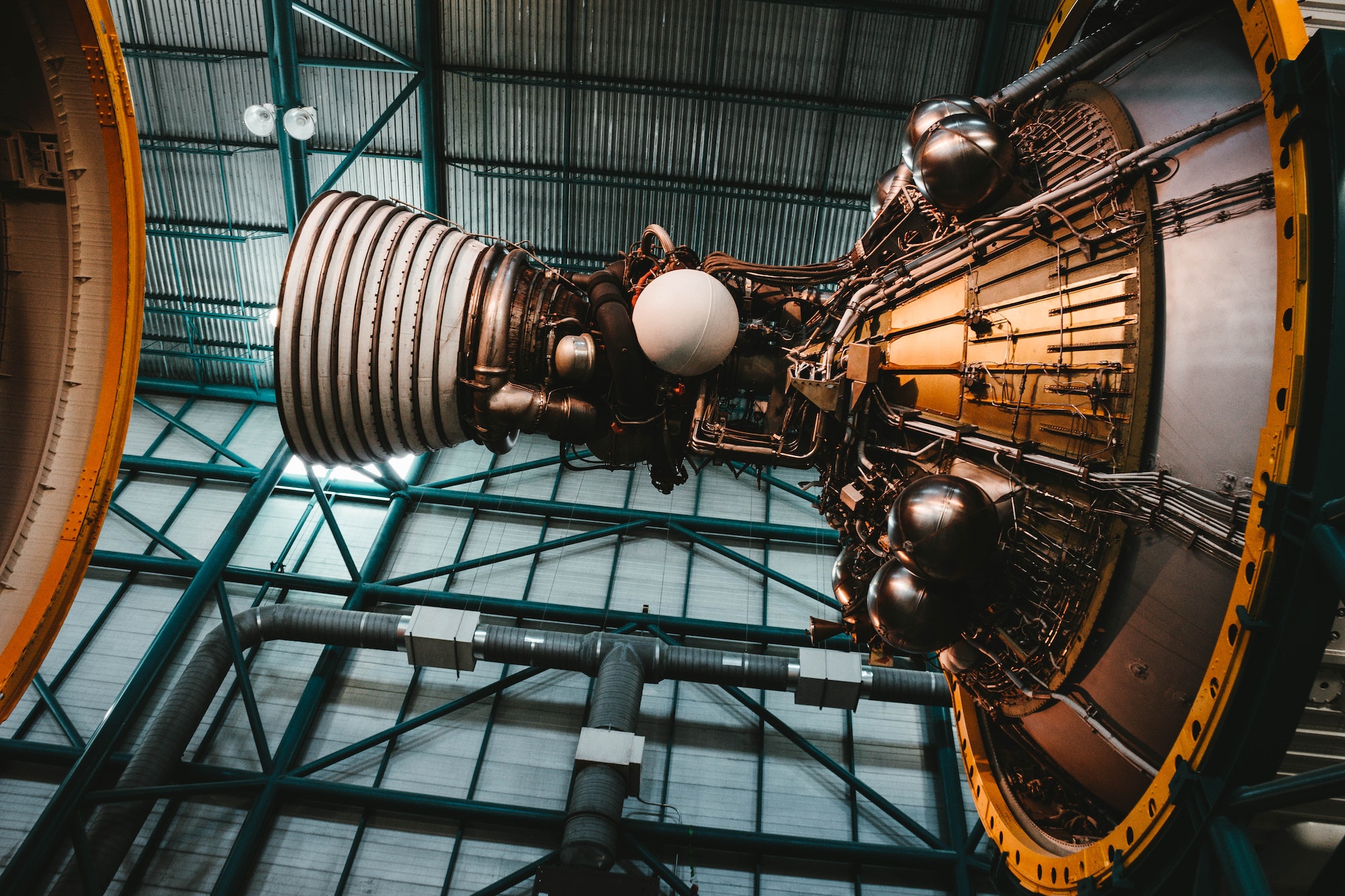Discovering the Secrets of X-ray Bursts in Space
China, in collaboration with the European Space Agency (ESA), has recently launched the Einstein probe – a big step in space science. This advanced probe aims to study mysterious X-ray bursts in the universe, helping us understand some really cool and puzzling space phenomena.

What the Einstein Probe is All About
The Launch and Teamwork
The Einstein probe was launched into space using the Long March-2C rocket from the Xichang Satellite Launch Center. This project is a result of teamwork between China’s Aerospace Science and Technology Corporation, the Chinese Academy of Sciences, Germany’s Max Planck Institute for Extraterrestrial Physics, and the ESA.
High-Tech Tools for Spotting X-rays
The probe has two main tools: the Wide-field X-ray Telescope (WXT) and the Follow-up X-ray Telescope (FXT). The WXT, which takes inspiration from how lobsters see, can scan a huge part of the sky quickly. This gives scientists a great view of X-ray emissions, which is key to understanding a lot of high-energy events in space.
Looking into the High-Energy Side of the Universe
Why X-ray Bursts Matter
X-ray bursts are what the Einstein probe is mainly focusing on. These bursts are super important for studying all sorts of wild space events – like huge star explosions, neutron stars crashing into each other, and what goes on around black holes. Learning about these bursts not only adds to our space knowledge but also helps in the study of theoretical physics.
Gravitational Waves and the Einstein Probe
An exciting part of the probe’s mission is to help figure out where gravitational waves come from. These waves are ripples in space-time that we can detect on Earth. By finding the X-ray bursts linked to these waves, the probe could really push forward our understanding of space events and add to the growing study of gravitational wave astronomy.
The Einstein Probe’s Home in Space
The probe works about 600 kilometers above Earth, perfectly placed to keep an eye on the night sky. It can scan the whole sky for X-rays in just three orbits around the Earth, making it a super effective tool in our journey to crack the mysteries of the universe.

Frequently Asked Questions (FAQ)
Q1: What is the Einstein Probe?
A: The Einstein Probe is a space telescope launched by China, in collaboration with the European Space Agency. Its main goal is to study X-ray bursts in the universe, helping us understand various high-energy phenomena in space.
Q2: Why are X-ray bursts important to study?
A: X-ray bursts give us valuable insights into some of the most energetic and mysterious events in the universe, like massive star explosions, collisions of neutron stars, and activities around black holes. Studying these helps improve our understanding of the universe and theoretical physics.
Q3: What makes the Einstein Probe unique?
A: The probe is equipped with advanced instruments, like the Wide-field X-ray Telescope (WXT) and the Follow-up X-ray Telescope (FXT), which allow it to scan large parts of the sky quickly. Its design, inspired by lobster vision, enables it to detect X-ray emissions more efficiently than previous telescopes.
Q4: How does the Einstein Probe contribute to gravitational wave research?
A: The probe can identify the X-ray bursts associated with gravitational waves detected on Earth. This helps in pinpointing the cosmic events causing these waves, greatly enhancing our understanding of these phenomena and contributing to the field of gravitational wave astronomy.
Q5: Where is the Einstein Probe located, and how does it operate?
A: The probe orbits about 600 kilometers above the Earth. It’s in a great position to monitor the night sky for X-ray emissions, covering the entire sky in just three orbits. This makes it a highly efficient tool in space exploration and research.
Q6: Who is involved in the Einstein Probe project?
A: The project is a collaborative effort involving China’s Aerospace Science and Technology Corporation, the Chinese Academy of Sciences, the Max Planck Institute for Extraterrestrial Physics in Germany, and the European Space Agency.
Q7: How can the general public keep updated about the Einstein Probe’s discoveries?
A: Updates and findings from the Einstein Probe are usually shared through scientific journals, space agencies’ websites, and sometimes in mainstream media. Space enthusiasts can follow these platforms for the latest news and discoveries.
Sources CNN


